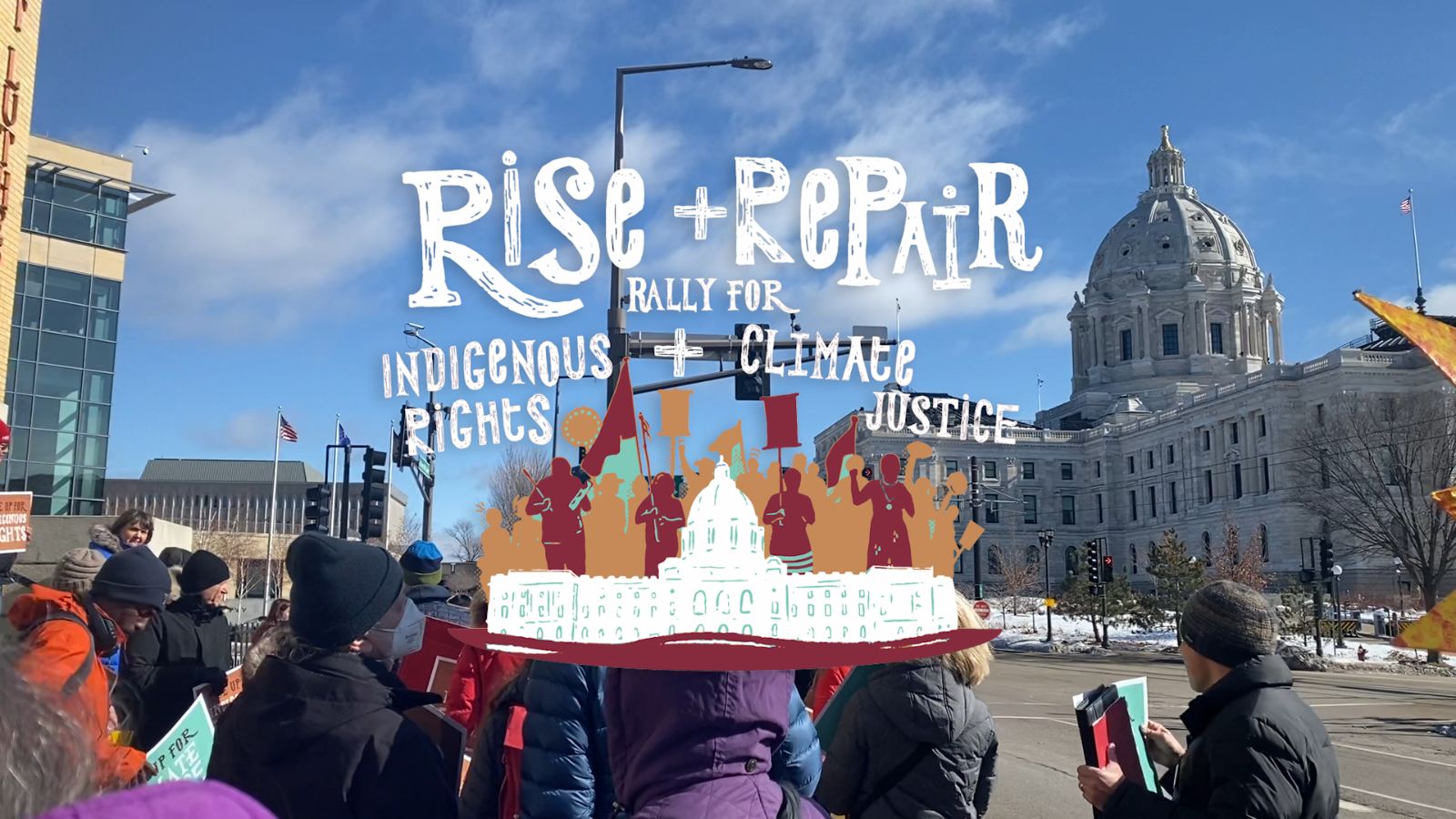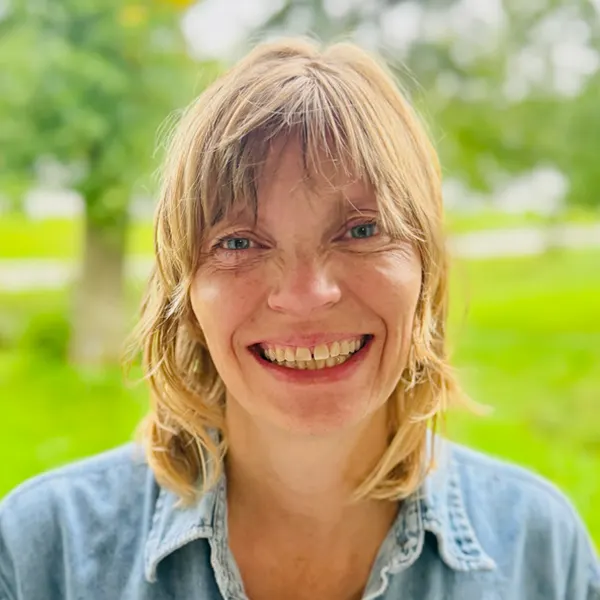The Minnesota legislative session that began in January and ended May 22 is historic and transformative – a session that enacted game-changing investments and policies to benefit the people and families of Minnesotans everywhere. From health care to public safety, climate solutions to education, policymakers in this new legislative landscape came to enact change that advocates, people, and communities had sought for decades. We will only understand the full impact of this work in the coming years. But the changes this session has sought are, in many cases, already in motion.
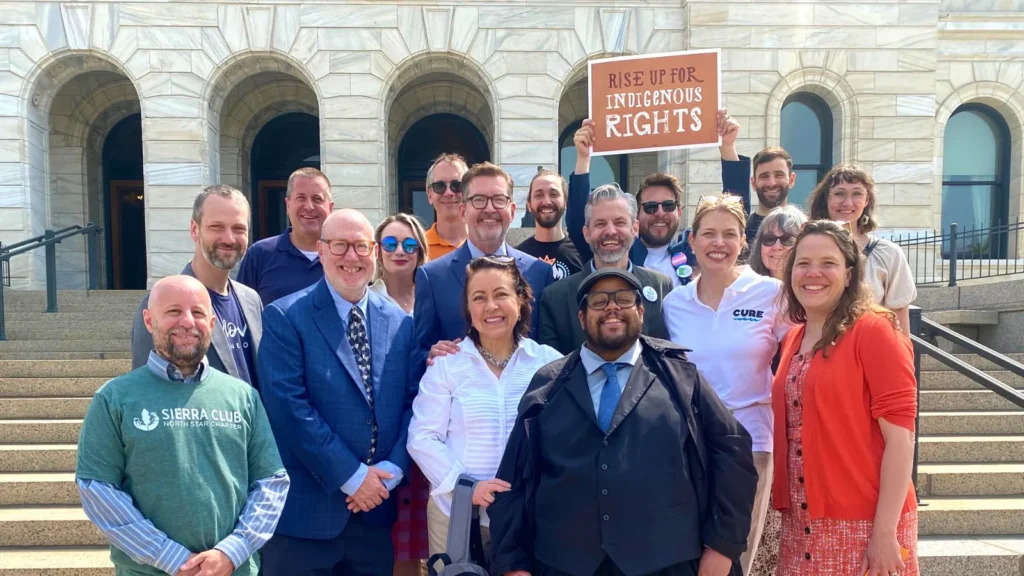
Takeaway #1: We can do GREAT things together.
This session has given me renewed hope that we really can solve big problems. We make progress when we come from a place of community, guided by our values and grounded in the truth.
When legislators in the majority said they weren’t leaving anyone behind, they showed it by passing:
-
- Free school lunch and breakfast for every child and teen at a public school — because our students need food to fuel their brains and bodies.
- Lead pipes replacement in communities across the state – $240 million in state funds will leverage significant federal dollars to achieve this over the next 10 years.
- Paid Family and Medical Leave – New parents can stay home with new babies, and families can take care of loved ones without fear of losing critical income. (Read the details here.)
- Child Tax Credit – Up to $1750 per dependent for families with lower incomes, expected to reduce child poverty by a third in Minnesota. (See more details here.)
- Free College Tuition for students from families making under $80,000/year at any public state college or technical college in the Minnesota State Colleges and Universities system.
- Greater Minnesota transit investments – $82 million worth – because everyone benefits from options that help our families get to their work, classes, appointments, friends, and shopping.
- Historic funding for Safe Routes to Schools ($26 million) and Electric School Buses ($13 million) so our children can get to school in safe and healthy ways.
- Nursing Home investments across the state (over $300 million).
There is so much to celebrate – from investments in regenerative agriculture to electric vehicle infrastructure to a recalculation of state childcare subsidies so more people can afford more options.
Here’s what happened with the CURE priorities we worked on and followed most closely this session:
1) Ensuring rural communities are included in the transition to clean energy.
100% Carbon-Free Electricity by 2040 – Statewide!:
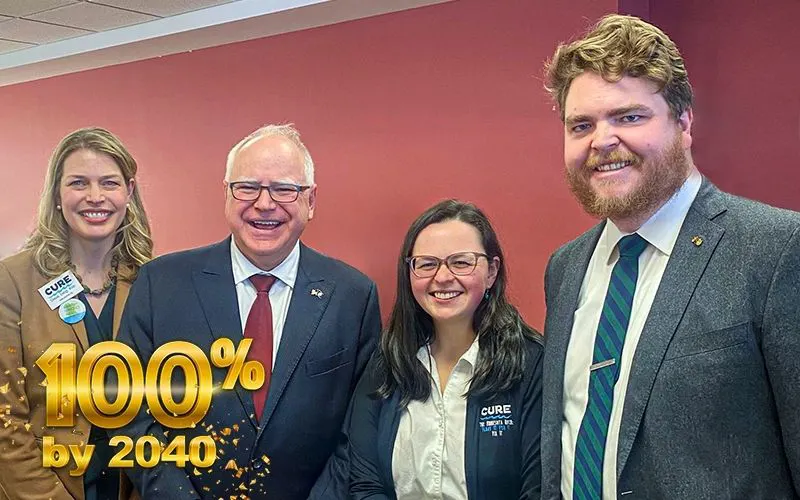
Passed in January, this victory set our state trajectory. CURE supports this because fossil fuels drive climate disruption, pollute our air and water, and impact our health. Now our focus is to ensure the benefits of renewable energy – community resilience and energy cost savings – come to our towns, neighborhoods, farms, and families. See 👇
MN State Competitiveness Fund – a $190 million investment:
Signature federal legislation in the last two years — the IIJA (Infrastructure Investment and Jobs Act) and the IRA (Inflation Reduction Act) — has nearly two dozen different grant programs that require matching funds from the state and local governments, utilities, and other entities that can apply for them. The MN State Competitiveness Fund (an initial $115 million investment passed in early March) will help eligible partners apply for these federal program dollars by providing technical assistance and some (or all) of the matching funds necessary to compete for these federal funds. Every dollar in the State Competitiveness Fund will bring $7-8 back to Minnesota. The Department of Commerce will help disperse these funds to the entities in the following prioritization:
- State of Minnesota
- Political subdivision (county, city, town, township, school district, etc.) or Tribal entity
- Higher Education Institution, Cooperative Electric Utility, Non-profit
- Investor-Owned Utility
- Any other eligible entity
But these aren’t the only entities that need help transitioning into the green economy! 👇
Minnesota Climate Innovation Finance Authority (MNCIFA):
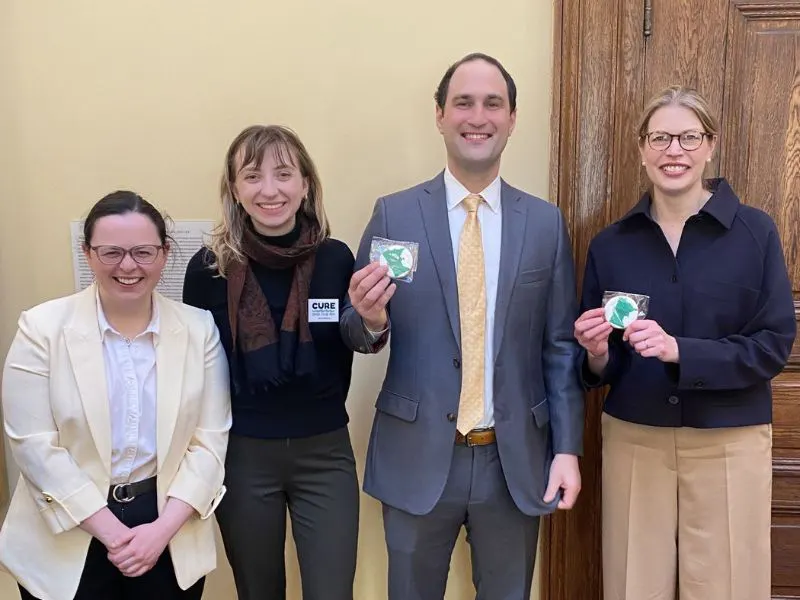
Our new 100% carbon-free future isn’t just about our power companies moving from fossil fuels to renewable energy. It is about everyone benefiting from the resilience and cost savings associated with locally produced energy from the wind and the sun. That is why CURE worked closely with Minnesota Interfaith Power & Light to lead the development of MNCIFA – Minnesota’s version of a state green bank.
This new publicly accountable entity will bring technical and financial assistance to Greater Minnesota cities and towns, rural businesses, farms, and families to help everyone access the renewable and green projects that will bring them benefits. A one-time appropriation of $45 million will establish and fuel MNCIFA. This public investment will attract both private investment (the loans many of us need to execute our green projects) and federal investment—exponentially increasing what can be accomplished!
MNCIFA, combined with the State Competitiveness Fund, is how we bring speed and scale to our green energy transition. Read more about how MNCIFA can solve the issues facing rural communities, like access to childcare and groceries, in this Midwest Energy News article. And stay tuned for more on how to engage with MNCIFA in the months and years ahead.
2) Developing a new model for siting polluting industries.
Historically, our permitting system for polluting industries has often allowed for the concentration of pollution—and the harmful health impacts it brings—in communities that have lower incomes or include more people of color. No community should be sacrificed as a dumping ground for the air, water, and land pollution created so it can benefit others somewhere else. That is why a coalition of partners, including CURE, has been working for several years for change. With this legislation, called the Frontline Communities Protection Act, the Minnesota Pollution Control Agency will now need to analyze the amount of pollution already burdening a particular community before new or renewed permits for more pollution can be issued. While CURE and the coalition advocated strongly for the policy to apply statewide – because rural communities are frontline communities in so many ways, this new “cumulative impacts analysis” will only apply to the metro area, Rochester, and Duluth. The legislation also establishes a consultative process for Tribal Nations to opt in.
3) Envisioning a better path for waste.
Our excessive waste streams are the result of our collective failure to design and employ sustainable systems for living. The aftermath is left for generations: poisoned air from trash burners, poisoned water and land from landfills. Doing better starts with naming what we need to do better and then figuring out how. We are excited to see the outcome of the state-wide Zero Waste Study. Minnesota also joins a wave of states passing important Right to Repair legislation, in spite of Minnesota’s exclusion of any kind of off-road vehicles, farm implements, or energy storage systems.
4) Working toward repair with our Native communities and lands
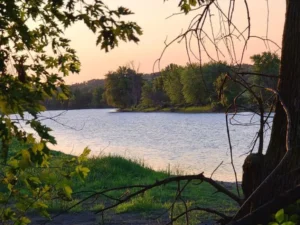 CURE was thrilled to support the Upper Sioux Land Transfer initiative, which returns the Upper Sioux Agency State Park to the Upper Sioux Community Pezihutazizi Oyate. This hard-fought transfer, requested for nearly two decades, includes 1,290 acres of land that holds tremendous significance to the Upper Sioux community. The land contains ancestral burial grounds and is the location of an annual sacred celebration, making it an integral part of their cultural heritage. For a deeper dive into the rich history of this land and the inspiring Land Back movement, we invite you to explore our blog post Land Back Opportunity in Minnesota.
CURE was thrilled to support the Upper Sioux Land Transfer initiative, which returns the Upper Sioux Agency State Park to the Upper Sioux Community Pezihutazizi Oyate. This hard-fought transfer, requested for nearly two decades, includes 1,290 acres of land that holds tremendous significance to the Upper Sioux community. The land contains ancestral burial grounds and is the location of an annual sacred celebration, making it an integral part of their cultural heritage. For a deeper dive into the rich history of this land and the inspiring Land Back movement, we invite you to explore our blog post Land Back Opportunity in Minnesota.
5) Providing affordable health care for more people in rural communities.
The Public Option legislation to make our state’s public health insurance program, MinnesotaCare, available beyond its current income limits (200% of federal poverty levels) was not included in what is being talked about as a delay to study the economic impact of this proposed change. MinnesotaCare was expanded to provide more preventive care to people who are undocumented and within the income limits – a move that both recognizes the importance of health care for all people and anticipates taking pressure from emergency rooms.
For a more comprehensive list of the climate and energy provisions passed, see this list from Chris Conry.
Takeaway #2: The best thing to do to enact our vision? Start talking about it.
For me, here’s what this legislative session has shown: The status quo is simply our launching pad for success.
We want vibrant farms that are healthy for all people upstream or downstream. We want strong coops that use renewable energy coming from their member owners’ panels and turbines. We want affordable health care – both physical and mental health care – for ourselves and our neighbors. We want more childcare so our communities can support and attract businesses and the families who work there. We need affordable homes and access to healthy food. We need broadband and electrified transportation.
For each of these and more, the first place to start building our future is in conversation with each other. We at CURE are looking forward to a summer of listening, sharing, and planning so that we can take the next steps together.
One Final Note…
These wins and the changes we will start to see were only possible with the legislative landscape enabled by the last election. To every person who voted, to every candidate who ran, to every door knocker and flier-distributor and phone caller – thank you for believing in what is possible through democracy.
If you haven’t yet, or even if you have, watch this 1-minute video, filmed and crafted by CURE’s Misty Butler – to feel inspired and connected all over again. By what we’ve accomplished this session. And what comes next.
With deep gratitude for the heart, wisdom, and power you give this movement,
Sara Wolff


